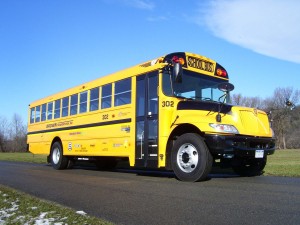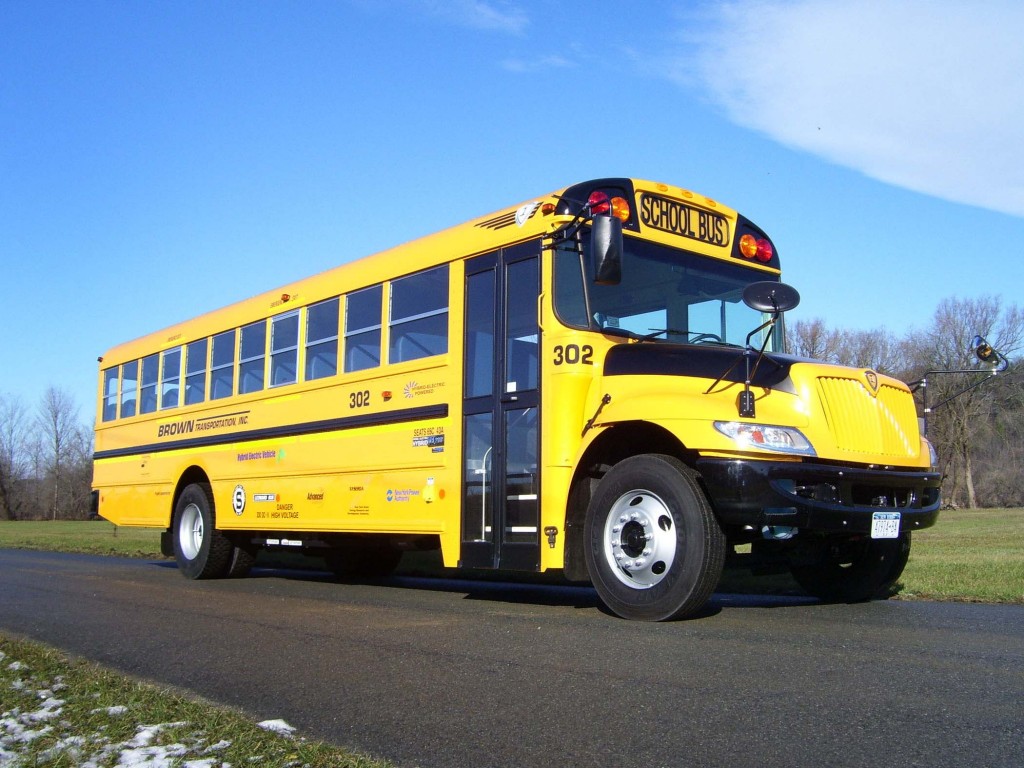 “The wheels on the bus go ‘round and ‘round…”. One of Lucan’s first words was bus, followed quickly by boat and bird, I guess he had thing for B words. Lucan’s also had a lifelong fascination with different modes of transportation, and he’s lucky enough to have experienced a lot of them, frequently: buses, trains, Seabus, BC Ferries, airplanes, cars, once, even a 2 horse drawn sleigh across fields of snow.
“The wheels on the bus go ‘round and ‘round…”. One of Lucan’s first words was bus, followed quickly by boat and bird, I guess he had thing for B words. Lucan’s also had a lifelong fascination with different modes of transportation, and he’s lucky enough to have experienced a lot of them, frequently: buses, trains, Seabus, BC Ferries, airplanes, cars, once, even a 2 horse drawn sleigh across fields of snow.
I expect most children, small and large, are interested in experiencing various modes of transportation. We’re lucky enough to live a community that offers a great deal of transportation choice, and when it comes to getting to school, the yellow bus is a favourite one.
Whether your child rides a school bus or a city bus, there are some basic rules to follow that will make the trip more safe and pleasant.
Tips for children:
Get to the bus stop at least five minutes before the bus is scheduled to arrive.
When the bus approaches, stand at least 6 feet away from the curb, and line up away from the street.
Wait until the bus stops, the door opens, and the driver says that it’s okay before stepping onto the bus.
If you have to cross the street in front of the bus, walk on the sidewalk or along the side of the road to a point at least 10 feet ahead of the bus before you cross. Be sure that the bus driver can see you, and you can see the bus driver.
Use the handrails to avoid falls. When exiting the bus, be careful that clothing or backpacks don’t get caught in the handrails or doors.
Never walk behind the bus.
If you drop something near the bus, tell the bus driver. Never try to pick it up because the driver may not be able to see you.
http://www.consumerreports.org/cro/news/2011/08/school-bus-safety-tips-for-drivers-and-children/index.htm
Additionally, drivers should remember the following:
Be alert and aware on the road. While children are typically taught about looking both ways, they could dart into the street without looking if they are late or distracted.
Learn the school bus laws in your community. Yellow flashing lights indicate that the bus is preparing to stop to pick up or drop off children. Drivers need to slow down and prepare to stop. Red flashing lights and an extended stop arm signal indicate that the bus is stopped, and that children are getting on or off. Cars must stop a safe distance away and not proceed until the red lights stop flashing, the stop sign folds back, and the bus continues on its way.
Once on the bus go directly to a seat. Remain seated and facing forward for the entire ride. And talk quietly (so the driver will not be distracted). Never throw things on the bus or out the windows, never play with the emergency exits and keep the aisles clear at all times.
When exiting the bus make sure you walk (not run) three or more steps away from the door. This is the best place to be around a bus. Stay away from the bus wheels and watch out for moving cars!http://www.aboutschool.com/busstop.htm
Safety rules are extremely important everywhere, but especially at elementary schools where there are so many children moving in all directions. If you visit a school during drop off (about 8:50 AM) and pick up (about 2:50 PM) you can witness the chaos. In speaking with school administrators, police and police Speed Watch volunteers, the main culprit endangering children is the parents of their classmates. Huh?! Why wouldn’t all parents be careful about safety for everyone’s children? We’re all on this journey together, right? From what I’ve seen and heard at local schools over the years, it’s more like every family for itself. Please, let’s take a step back and think about who is really important here, it’s the kids, not the drivers.
Please be a good role model for your child when you’re driving in school and playground areas.
Watch your speed. A 30km/h speed limit is in effect in school zones from 8 a.m. to 5 p.m. when school’s in session and in playground areas from dusk until dark, unless otherwise posted.
Be patient. Drop off your child close to the sidewalk. Don’t let them dash from the middle of the road.
Know the law. Always yield to pedestrians and stop for school buses when their lights are flashing.
http://www.icbc.com/road-safety/teaching/Pages/road-safety-for-your-kids.aspx
Other tips for drivers are:
When backing out of a driveway or leaving a garage, watch out for children walking or bicycling to school. Better yet, walk around your car or out to the sidewalk to check for any children walking in your path before you get in.
Drive slowly and watch for children walking in the street, especially if there are no sidewalks. Also be aware of children playing or waiting around bus stops.
http://www.consumerreports.org/cro/news/2011/08/school-bus-safety-tips-for-drivers-and-children/index.htm
One of the greatest gifts you can give your children and their classmates is to not drive up to the school during drop off and pick up. Reduction of traffic reduces the potential for children to be hit, as well as the level of fuel emissions. If you can’t walk to school, then park a couple blocks away and walk your child to class, it’s much more civilized and really, can’t we all use less stress in our lives?
Check back again for information about “Passenger Safety – Infant and Child Restraints”.
Written by Karon Trenaman
